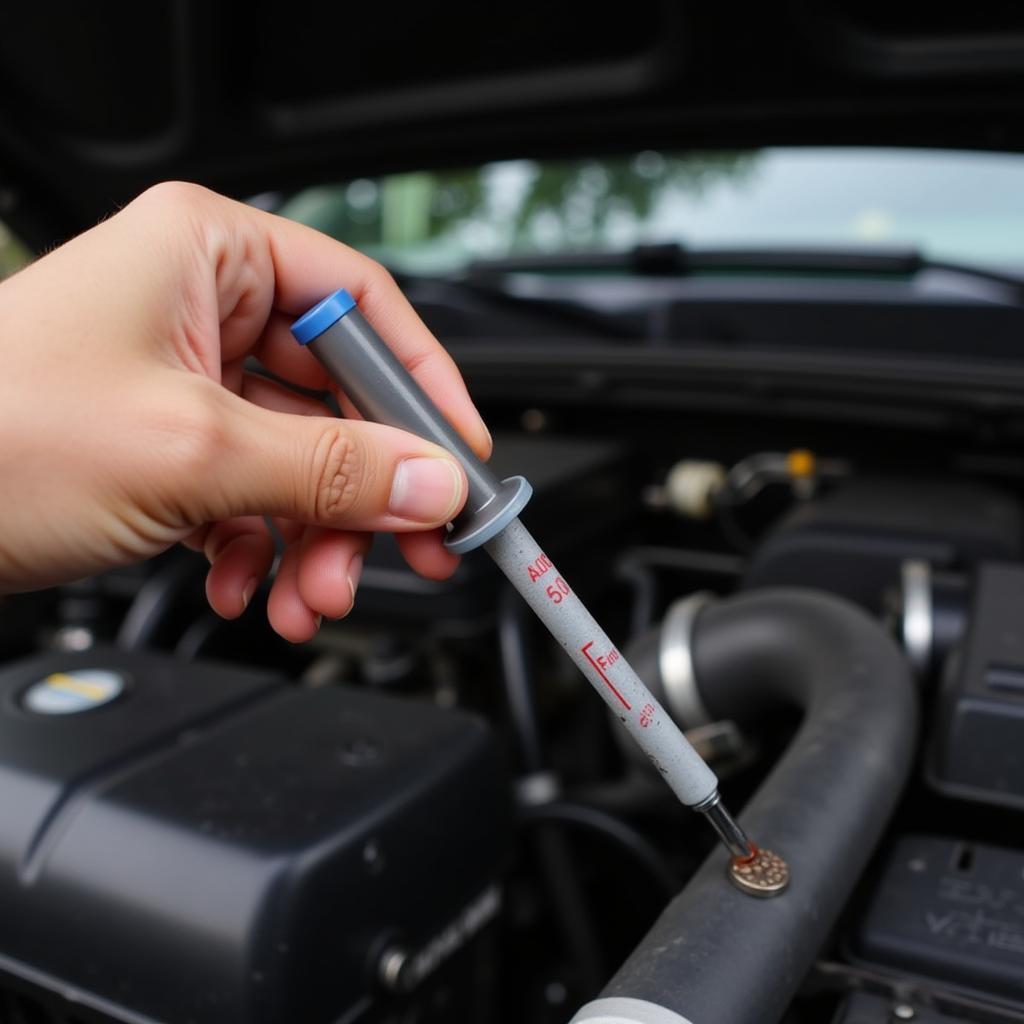The 2016 Dodge Challenger is a muscle car that is known for its powerful engine and sleek design. However, like any car, it can experience problems over time. This article will provide a comprehensive guide to common maintenance concerns and car problems associated with the 2016 Dodge Challenger, addressing crucial questions every owner and mechanic should know.
Understanding Your 2016 Dodge Challenger
The 2016 Dodge Challenger is a popular choice for car enthusiasts due to its powerful engine options, including the legendary 6.4L Hemi V8 and the supercharged 6.2L Hellcat V8. However, these powerful engines require regular maintenance to ensure optimal performance and longevity.
Common Maintenance Concerns
Here are some of the most common maintenance concerns that owners of the 2016 Dodge Challenger may face:
Engine and Transmission
Oil Changes and Fluid Checks
- Frequency: The 2016 Dodge Challenger recommends oil changes every 5,000 miles or 6 months, whichever comes first. However, it’s crucial to check the oil level and condition regularly, especially if you frequently drive in harsh conditions.
- Fluids: Check your transmission fluid, coolant, and brake fluid levels at least every 3,000 miles. If any fluids appear discolored or low, it’s a sign of a potential problem.
Brakes
Brake Pad and Rotor Wear
- Signs: Squeaking, grinding, or pulsating noises while braking indicate worn-out brake pads or rotors.
- Inspection: Get your brakes inspected regularly, ideally every 6,000 miles.
Suspension
Shock Absorber and Strut Wear
- Signs: Excessive bouncing, swaying, or a rough ride can indicate worn shock absorbers or struts.
- Replacement: Consider replacing shock absorbers and struts every 50,000-75,000 miles, depending on your driving habits.
Electrical
Battery Problems
- Signs: A slow engine crank, dimming headlights, or interior lights malfunctioning indicate a battery issue.
- Battery Health: Ensure you get your battery checked and cleaned regularly, especially if you live in a climate with extreme temperatures.
Common Car Problems
While regular maintenance is essential, certain issues might arise in the 2016 Dodge Challenger.
Engine and Transmission
Engine Misfires
- Causes: Misfires can result from faulty spark plugs, ignition coils, fuel injectors, or a problem with the engine control module (ECM).
- Symptoms: Rough idle, reduced power, and check engine light (CEL) are common indicators.
Transmission Issues
- Symptoms: Slipping gears, rough shifts, or a delayed response when accelerating could point to transmission problems.
- Cause: Fluid contamination, worn-out clutches, or internal component failure can lead to transmission issues.
Brakes
Brake System Leaks
- Signs: A soft brake pedal or a spongy feeling when braking may indicate a leak in the brake lines or calipers.
- Safety: Address any brake leaks immediately as they can compromise your safety.
Suspension
Ball Joint and Tie Rod Problems
- Symptoms: Clicking or popping sounds when turning or hitting bumps can be caused by worn-out ball joints or tie rods.
- Impact: These components affect steering control and handling, so replacing them promptly is crucial.
Electrical
Alternator Failure
- Signs: A warning light on the dashboard, dim headlights, or an inability to start the car could indicate a failing alternator.
- Importance: The alternator charges your battery, so its failure can leave you stranded.
Expert Insights
“The 2016 Dodge Challenger is a performance car, and keeping it in peak condition requires dedication. Address any warning signs promptly and follow a regular maintenance schedule. This will help extend the life of your vehicle and ensure a pleasurable driving experience.”
- – John Smith, Certified Automotive Technician
“Remember to use high-quality fluids and components during maintenance to ensure the longevity of your 2016 Challenger. Don’t hesitate to seek professional help if you encounter any significant issues.”
- – Maria Rodriguez, Automotive Service Manager
Conclusion
The 2016 Dodge Challenger is a powerful and stylish car, but like all vehicles, it requires regular maintenance to keep it running smoothly. Being proactive with your maintenance schedule and addressing any warning signs promptly will ensure a safe and enjoyable driving experience for years to come.
For any questions or concerns, don’t hesitate to reach out to us. We are here to help you keep your 2016 Dodge Challenger in top condition.
+1 (641) 206-8880
500 N St Mary’s St, San Antonio, TX 78205, United States
FAQ
- What is the average lifespan of a 2016 Dodge Challenger? With proper maintenance, a 2016 Dodge Challenger can last for 150,000 to 200,000 miles or more.
- How often should I change the spark plugs in my 2016 Challenger? The recommended interval for replacing spark plugs is around 30,000 to 50,000 miles.
- What are some signs of a failing transmission? Symptoms include slipping gears, rough shifts, delayed acceleration, and warning lights on the dashboard.
- How can I prevent rust and corrosion on my 2016 Challenger? Regular washing and waxing will help protect the paint and prevent rust. Apply undercoating to protect vulnerable areas.
- What is the recommended tire pressure for my 2016 Challenger? The tire pressure information is typically located on a sticker on the driver’s side doorjamb or inside the glove box.
- Can I use regular gas in my 2016 Challenger? It is generally recommended to use the fuel grade specified in your owner’s manual, which is typically 87 octane for the base models and 91 octane for the high-performance models.






Leave a Reply